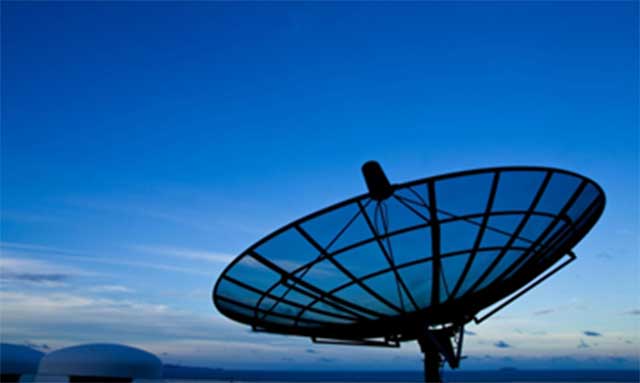Over the past decade, satellite phones and technology have come a long way. What was once primarily used among government agencies, first responders and those in only the most remote corners of the Earth is now a widely available and used service. Everyone from backcountry hikers to international journalists to regular families who want to stay in touch during emergencies have invested in satellite phones.
As with most technology these days, the world of satellite communications is changing consistently. While no one can predict exactly what will happen in the future, based on recent developments and research and changes already in the works, it’s safe to make a few predictions about what’s next for satellite phones and networks.
Less Expensive Phones and Airtime
While no one would call satellite phones “cheap,” since 2000, the retail cost of phones has dropped significantly. In 2000, the average Iridium satellite phone model came with a price tag of upward of $3,000 or more. Today, the top-of-the-line Iridium phone runs around $1,400. Likewise, a Globalstar phone in 2000 would run you about $1,400; today, you can have one for less than $500. A robust satellite-phone rental market has led to decreases in how much it costs to use a phone for a short time; depending on the model phone you choose, a monthly rental can cost less than $100.
Airtime costs have also considerably decreased. For consumers used to unlimited minutes on their cellular network, a charge of up to $2 per minute may seem steep, but considering a decade ago a minute of airtime on a satellite phone cost on average $7, that’s a considerable drop. As more people turn to satellite phones and technology improves, expect to see even more significant reductions in price.
Smaller Phones
It’s often a joke among cellphone users that their older phones seem huge in comparison to today’s sleek, touchscreen models. The same holds true with satellite phones; in most cases, satellite phones today are not considerably larger than their cellular counterparts. As new models are released and providers find ways to shrink technology, we can expect handsets to become even smaller and more portable, making them more popular among those who need lightweight gear, such as long-distance hikers.
More Consistent, Truly Global Coverage
Because satellite phones must be in range of a satellite to work properly, networks vary in terms of where they will work and where service is spotty or nonexistent. Depending on the carrier, service may be better in one region over another; for example, Globalstar phones do not have widespread service in the Poles or Africa while Iridium phones work almost everywhere in the world. Going forward, we can expect satellite providers to work toward offering truly global coverage even in areas where there currently isn’t any and cellular providers will likely never go.
Additional Features on Phones
Currently, most satellite-phone networks and handsets only allow for voice calling, GPS and text messaging. Using the text-messaging function, users can post to social media and receive responses, but for those who are simply accessing applications and have full-featured access, that process can be cumbersome. While developments may be a few years down the road, it’s reasonable to expect that at some point, satellite phones will have nearly as many features as smartphones, including Internet access and applications.
Hybrid Satellite/Cellular Capabilities
While today’s handsets are satellite or cellular models, there are some companies working on combining the two, allowing users to access networks wherever they happen to be without switching devices. Currently, the Thuraya network is developing an iPhone case that will allow the phone to be used as either a cellular or satellite phone, and it’s reasonable to expect other networks will follow suit. Whether the new developments are due to a protective case or a specific model, some believe hybrid phones are the future of wireless communications.
Again, no one can tell for sure what will happen in the world of satellite phone technology. However, one thing is for certain: This is an exciting time, and the future holds many interesting changes.
Hobert Pruitt works with GlobalSatelliteCommunications.com, a leading satellite-phone provider. Learn more by visiting www.globalsatellitecommunications.com/rentals today.